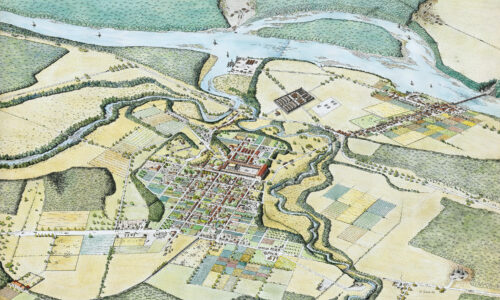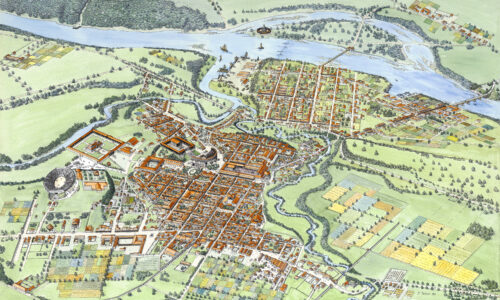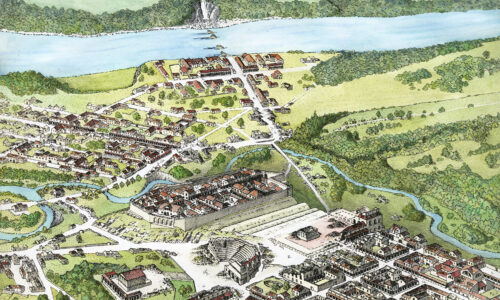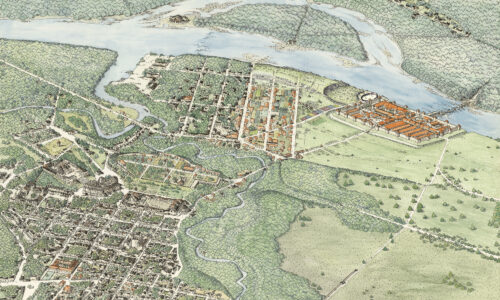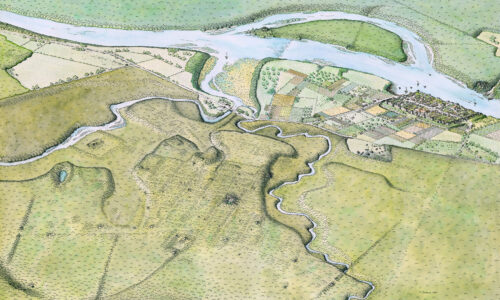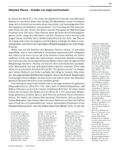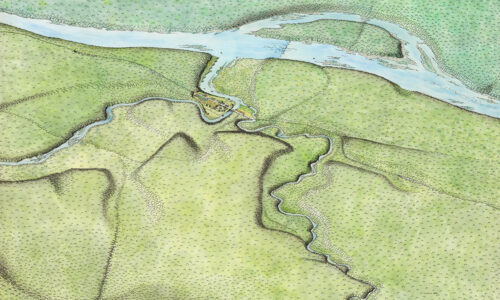
City history
By the time the Roman General Munatius Plancus had established the colony Raurica in the territory of the Celtic Rauraci under Caesar in 44 BC, the city of Rome had developed from its founding in the 8th century BC into a powerful empire that stretched around the Mediterranean Sea.

The capital of the colony Augusta Raurica was constructed around 15 BC. Within 200 years the town developed into a regional metropolis and flourishing trade centre with some 15,000 inhabitants. This was possible not least because of its location on the intersection between the River Rhine and the north-south axis linking the Rhineland with Italy and the west-east route from Gaul to the Danube and Raetia.
Various acts of war and epidemics as well as crop failures caused by a deteriorating climate led to the abandonment of large parts of the town. Around AD 300 the settlement moved into the protection of the large fort on the River Rhine. Even after the withdrawal of some of the Roman troops around AD 400 the settlement, now called Rauraci, remained an administrative centre and important market town.
When Basle began to flourish in the 7th century AD Rauraci went into decline and reverted back into a small fishing village. Augusta Raurica, which spreads over the two villages of Augst and Kaiseraugst is now an excavation site, a research centre and a museum with impressive ruins and rich finds, offering workshops and guided tours.
